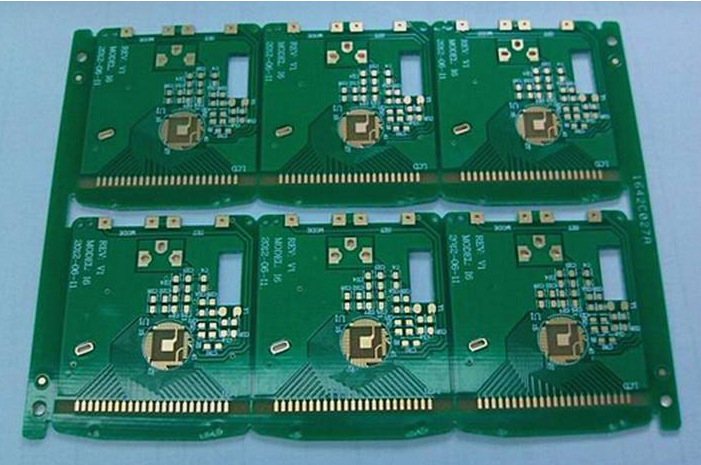The insulating film forms the base layer of the circuit, and the adhesive bonds the copper foil to the insulating layer. Then in the multi-layer decoration, it is bonded to the inner layer. They are also used as a protective layer to isolate the circuit from dust and moisture and reduce stress during the bending process. The copper foil forms a conductive layer.
In some flexible circuits, rigid components made of aluminum or stainless steel are used to provide PCB dimensional stability, physical support for component and conductor placement, and stress relief. The adhesive bonds the rigid component to the flexible circuit. There is also a material sometimes used in flexible circuits, namely, adhesive plies, which are coated with adhesive on both sides of the insulating film. The adhesive sheet provides environmental protection and electronic insulation, as well as the ability to eliminate a single layer film and the ability to have a small number of adhesive layers.

There are many kinds of insulating film materials, but the most commonly used are polyviscine and polyester fiber. Among all FPC manufacturers in the United States, nearly 80% currently use polyimide film materials, and about 20% use polyester film materials. Polyimide material is not flammable, geometrically stable, has high tear resistance, and has the ability to withstand welding temperature. Polyester, also known as polyethylene terephthalate (abbreviated as polyethylene terephthalate) Ester: PET), has similar physical properties to polyimide, has a low dielectric constant, absorbs very little water, but is not resistant to high temperatures.
Polyesters have a melting point of 250 degrees Celsius and a glass transition temperature (Tg) of 80 degrees Celsius, which limits their use in applications that require a lot of end welding. In low temperature applications, they show rigidity. However, they are suitable for products that do not need to be exposed to harsh environments, such as phones and other products.
Polyimide insulating films are usually combined with polyimide or acrylic adhesives, and polyester insulating materials are usually combined with polyester adhesives. The advantages of combining with materials with the same characteristics can have dimensional stability after dry welding or after multiple lamination cycles. Other important characteristics of adhesives are low dielectric constant, high insulation resistance, high glass transition temperature (Tg) and low moisture absorption.
adhesive.
In addition to the adhesive used to bond the insulating film to the conductive material, it can also be used as a cover layer and a cover layer of a protective layer. The main difference between the two is the coating method used, the cover layer is bonded to cover the insulating film to form the laminated structure of the circuit. Screen printing technology is used for the cover layer of the adhesive.
Not all laminate structures contain adhesives, and layers without adhesives result in thinner circuits and greater flexibility. It has better thermal conductivity than an adhesive-based stacked structure. Due to the thin structure of the adhesive-free flexible circuit and the improved thermal conductivity due to the elimination of the thermal resistance of the adhesive, it can be used in a working environment where the adhesive-laminated structure-based flexible circuit cannot be used.
conductor. Copper foil is suitable for flexible circuits and can be used by electrochemical (abbreviated as electrodeposition: ED) or plating. The surface of the copper foil with conductive defects is glossy on one side, and the surface to be processed by the PCB is dull on the other side. It is a soft material, usually through special treatment to improve its bonding ability, it can be processed into a variety of thickness and width, and coated with copper foil on the matte side. In addition to flexibility, forged copper foil also has the characteristics of hard and smooth. It is suitable for use in situations requiring dynamic bending.